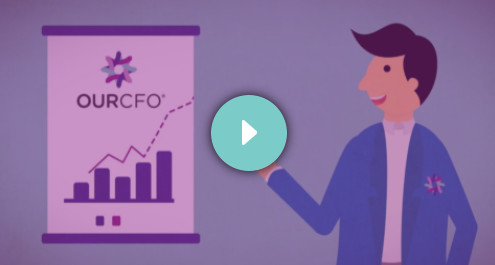

Working Capital is the time lag between when you have fulfilled your obligation to your client and the time it takes to get paid. This has the potential to take money away from your cash flow and is one of the reasons why you will have a difference in your profit and loss report and your cash position.
Hey guys! Greg Smargiassi here from OURCFO with another edition of Future Proof.
This week we're going to continue the discussion around cash flow and look at working capital and how that affects your business. So working capital is a little more difficult to define but if you think about it this way : there's a time lag between when you start working for a client or a customer and when you ultimately get paid. So it might be that your client or customer...you'll have accounts receivable.
You'll have money owing to you at some point in time. Or you might have work in progress. Work that has been done but is not yet billable to the client. Or you might have stock on hand that you have to hold on hand before you actually get paid for it. So working capital is essentially a time lag from when you start working for a client or fulfilling on the promise that you have with a client to when you actually get paid. And when you grow your business and when you grow your revenue, the value of money that is tied up in working capital will also grow as well which has the effect of taking money away from your cash flow. And it's one of the reasons why you'll have a difference in your profit and loss report and your cash position in that some of your profit will be allocated to the working capital component of your business.
So by understanding those time frames from when you start to work for a client or a customer to when you actually get paid, you begin to understand how long your money is tied up in funding the working capital. You'll also be able to understand and measure how much money you have tied up in your working capital and what we often see is that there are some working capital items that are simply not even accounted for. They're not even on your balance sheet. So if you're not measuring...if we go back to the golden rule : if you're not measuring, you're not managing. If you're not measuring, you're not strategising. So really important to understand your working capital cycles. It's really important to understand how to optimise the working capital cycles so that the operational aspect of your business is cash flow positive. I hope that's helpful.
Another edition of Future Proof. Stay tuned for the next segment where we're going to have a look at how income tax impacts the cash flow cycle of your business. Speak again soon.